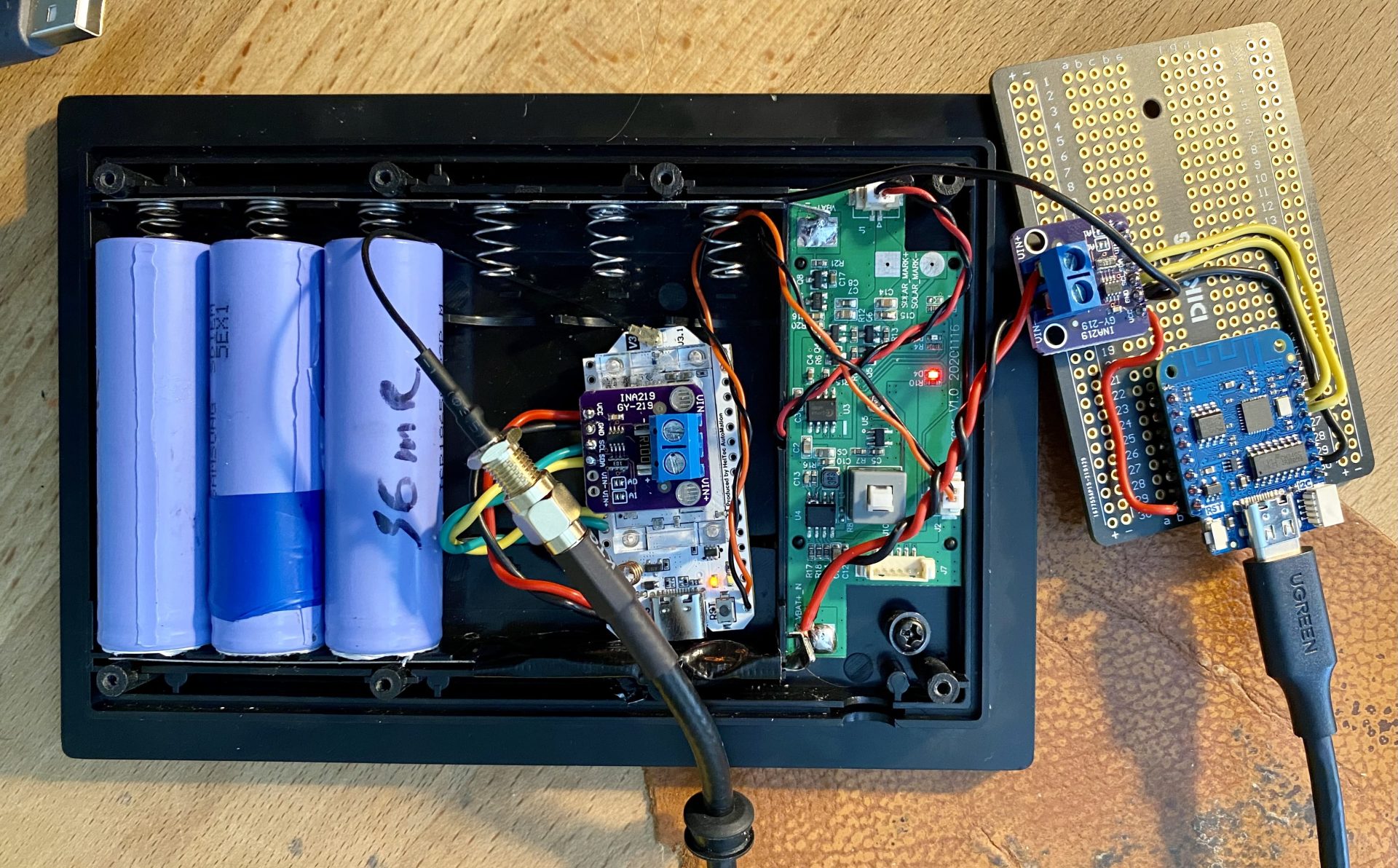Cpanel
V3 Solar

Introduction to V3 Solar

V3 Solar is a revolutionary technology that has been making waves in the field of renewable energy. This innovative approach to harnessing solar power has been gaining popularity due to its unique design and potential to increase energy efficiency. In this blog post, we will delve into the world of V3 Solar, exploring its features, benefits, and applications.
What is V3 Solar?

V3 Solar refers to a type of solar panel that uses a vacuum tube design to capture and convert sunlight into electricity. This design allows for higher efficiency and greater energy output compared to traditional solar panels. The vacuum tube technology helps to reduce heat loss and increase the overall performance of the solar panel.
Key Features of V3 Solar

Some of the key features of V3 Solar include: * High efficiency: V3 Solar panels have a higher efficiency rate compared to traditional solar panels, allowing for more energy to be generated from the same amount of sunlight. * Durability: The vacuum tube design makes V3 Solar panels more durable and resistant to extreme weather conditions. * Low maintenance: V3 Solar panels require minimal maintenance, as they are designed to be self-cleaning and have a long lifespan. * Flexibility: V3 Solar panels can be used in a variety of applications, from residential to commercial and industrial settings.
Benefits of V3 Solar
The benefits of V3 Solar are numerous and include: * Renewable energy source: V3 Solar panels use sunlight as a renewable energy source, reducing reliance on fossil fuels and decreasing carbon emissions. * Energy savings: V3 Solar panels can help reduce energy costs by generating free electricity from sunlight. * Increased property value: Installing V3 Solar panels can increase property value and appeal to potential buyers. * Government incentives: Many governments offer incentives and tax credits for installing solar panels, including V3 Solar.
Applications of V3 Solar
V3 Solar panels have a wide range of applications, including: * Residential: V3 Solar panels can be used to power homes, reducing energy costs and reliance on the grid. * Commercial: V3 Solar panels can be used to power businesses, reducing energy costs and increasing energy efficiency. * Industrial: V3 Solar panels can be used to power industrial processes, reducing energy costs and increasing productivity. * Off-grid: V3 Solar panels can be used in off-grid applications, such as remote communities or emergency power systems.
💡 Note: V3 Solar panels are suitable for use in a variety of environments, including extreme weather conditions.
Comparison of V3 Solar to Traditional Solar Panels

The following table compares the features and benefits of V3 Solar panels to traditional solar panels:
| Feature | V3 Solar | Traditional Solar |
|---|---|---|
| Efficiency | Higher efficiency rate | Lower efficiency rate |
| Durability | More durable and resistant to extreme weather conditions | Less durable and more prone to damage |
| Maintenance | Low maintenance requirements | Higher maintenance requirements |
| Cost | Higher upfront cost | Lower upfront cost |

Conclusion

In conclusion, V3 Solar is a revolutionary technology that offers a unique approach to harnessing solar power. With its high efficiency rate, durability, and low maintenance requirements, V3 Solar panels are an attractive option for those looking to reduce their energy costs and reliance on fossil fuels. While the upfront cost of V3 Solar panels may be higher, the long-term benefits and potential energy savings make them a worthwhile investment.
What is the average cost of V3 Solar panels?

+
The average cost of V3 Solar panels can vary depending on the size and complexity of the system. However, on average, V3 Solar panels can cost between 2.50 and 3.50 per watt.
How long do V3 Solar panels last?

+
V3 Solar panels are designed to last for at least 25 years, with some manufacturers offering warranties of up to 30 years or more.
Can V3 Solar panels be used in extreme weather conditions?

+
Yes, V3 Solar panels are designed to be durable and resistant to extreme weather conditions, including high winds, heavy snow, and extreme temperatures.



